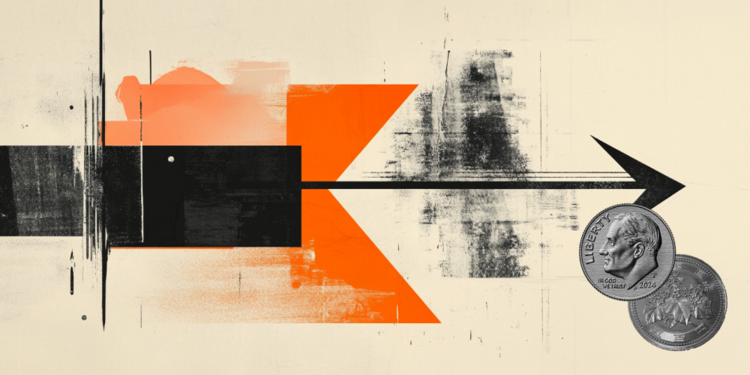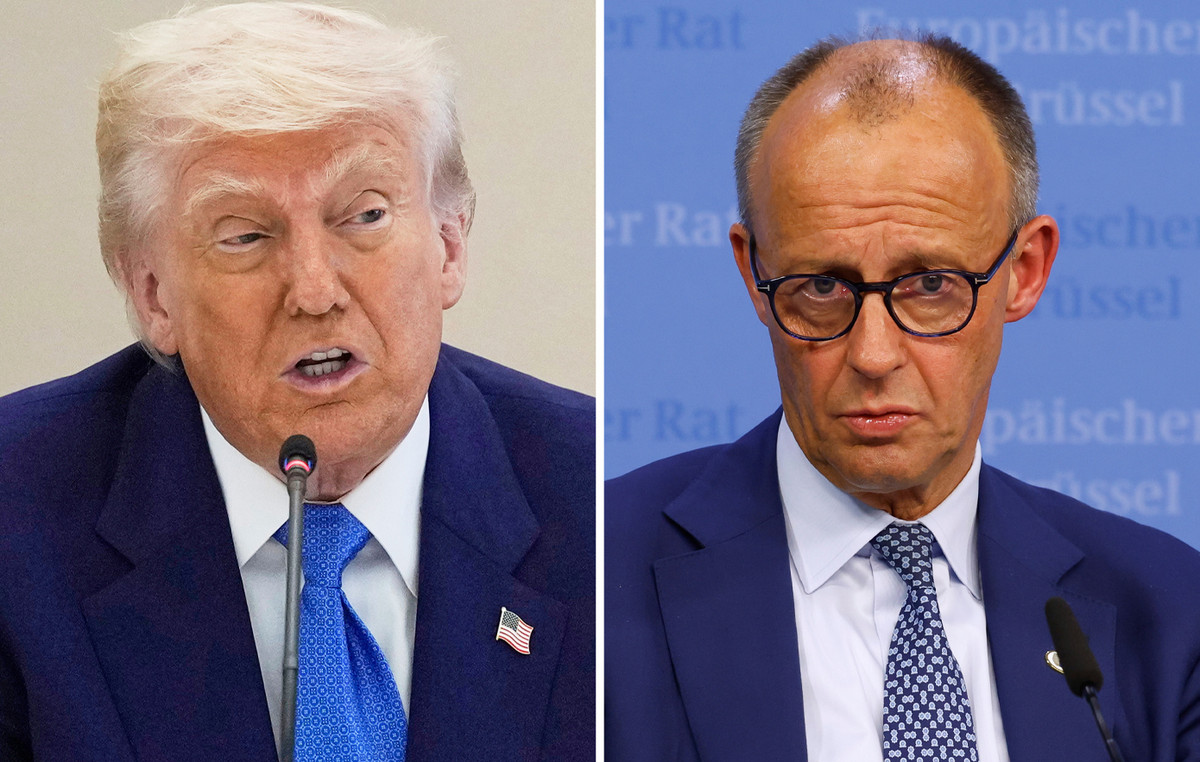The decision followed an assessment of the network security, usability and sustainability of blockchains. The company said it will allocate resources to blockchains that it believes improve security and support innovation in the crypto space.
The company promises to support USDT redemption in Algorand and EOS for the next 12 months.
In August 2023, Tether stopped issuing USDT stablecoins on three other blockchains: Kusama, Simple Ledger Protocol (SLP) Bitcoin Cash, and Omni Layer Protocol, where USDT stablecoins were originally launched. The first stablecoins were issued on Bitcoin through Omni in October 2014.
In April 2024, Tether launched USDT on The Open Network (TON), where it created approximately 500 million coins. This is approximately 0.44% of the total USDT in circulation. Tether CEO Paolo Ardoino promised that the launch of USDT on the TON blockchain will ensure low cost of transfers.
Last week, Tether launched the gold synthetic dollar aUSDT, which is to be issued on the Alloy by Tether platform. The new aUSDT token will be backed by Tether Gold (XAUt) tokens pegged to the value of physical gold.
Source: Bits
I am an experienced journalist, writer, and editor with a passion for finance and business news. I have been working in the journalism field for over 6 years, covering a variety of topics from finance to technology. As an author at World Stock Market, I specialize in finance business-related topics.







